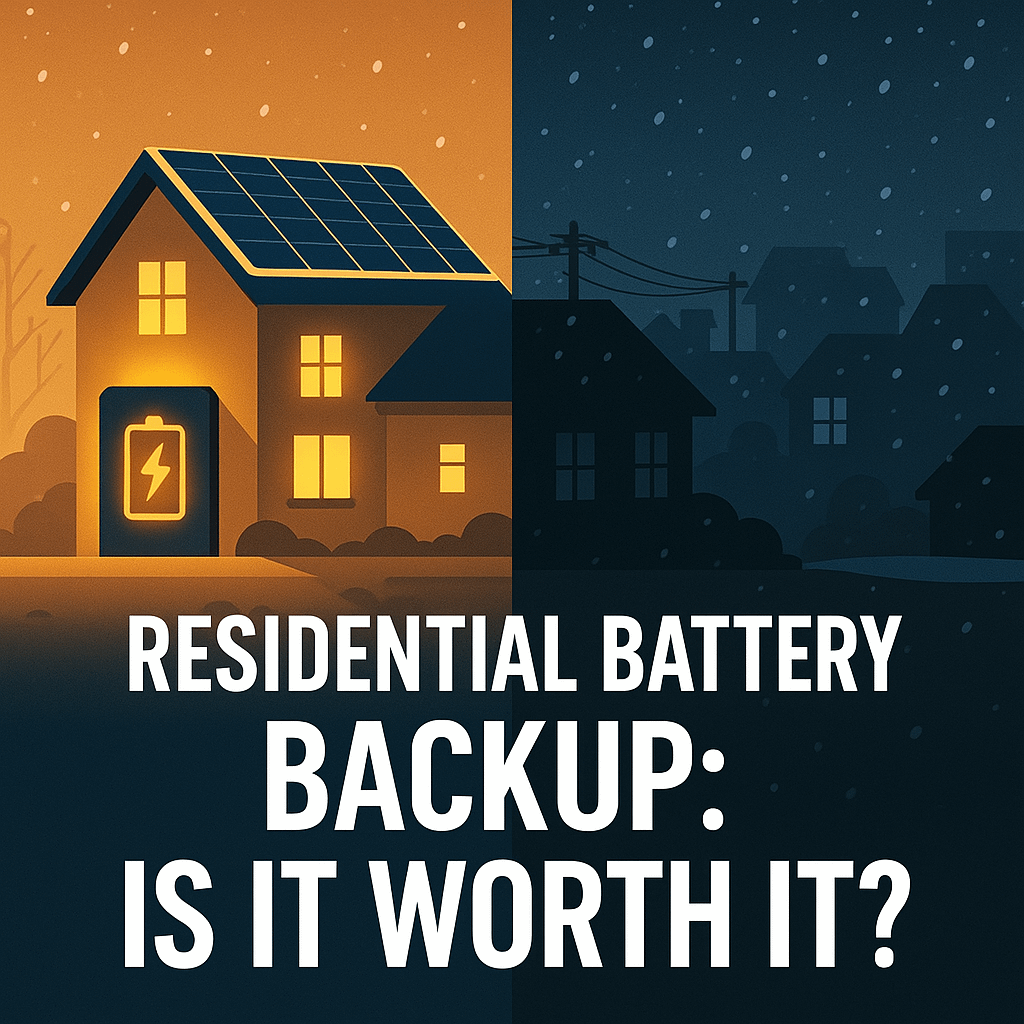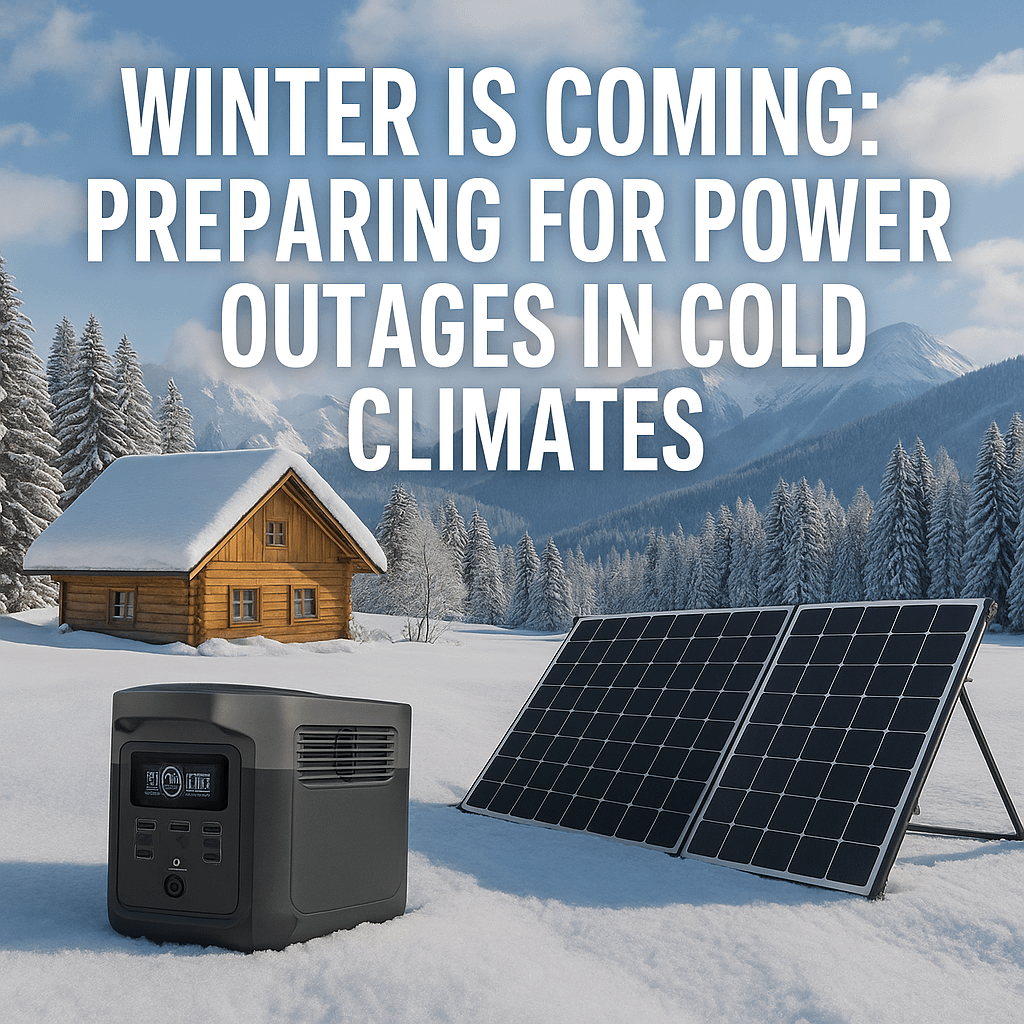If you want spare power for camping, power outages, remote work sites and much more, a portable power pack can be a convenient and affordable solution. But how much do you need? Which products are reliable? In this article we’ll help you out with these questions so you can be informed on your quest to secure your personal power source.
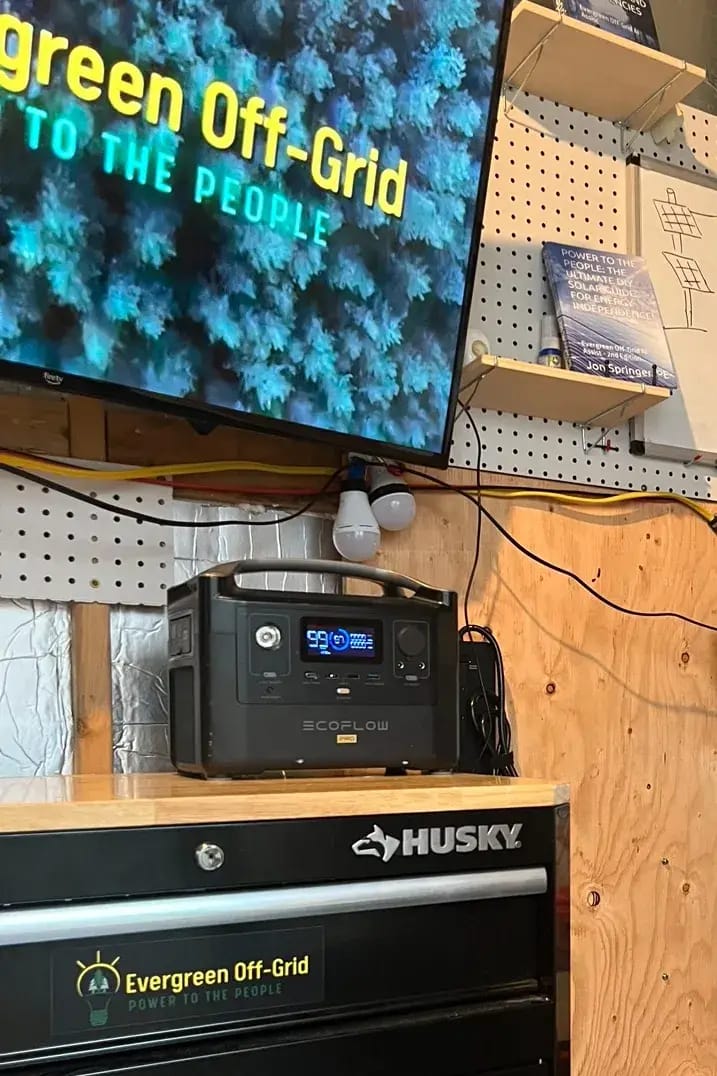
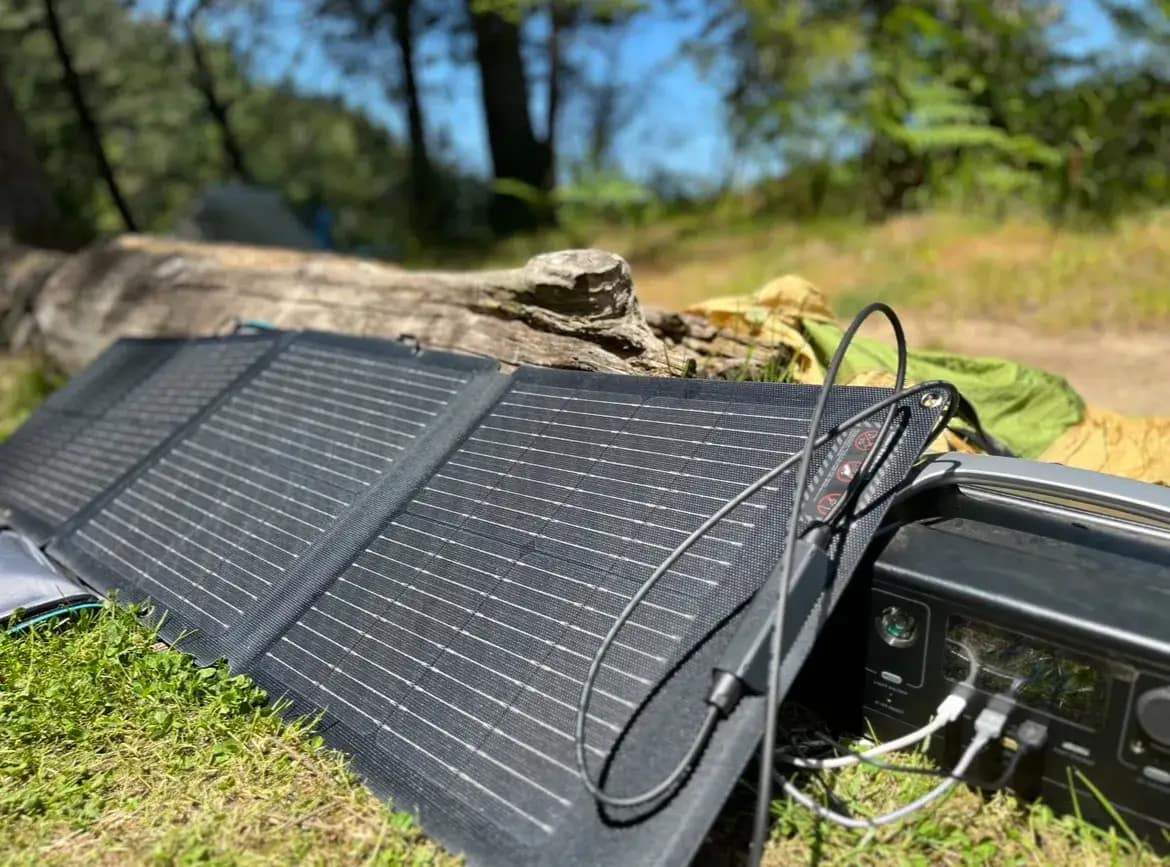
When we say power packs, we’re referring to the full package units that can be charged by your wall (120 volts AC) or by 12V DC solar panel or car input, and can deliver power to you as 120V AC or direct to your small power electronic devices with USB-A and USB-C jacks. And while power packs can theoretically come in any size, this article will cover packs ranging from roughly 300 watt hours (wh) to tens of thousands of watt hours. But what does that mean? Watt the watt??? Most of us don’t think in watt hours. So in this article, we’ll help walk you through the process of deciding which product is right for you.
Need a refresher on some electrical basics? We’ve got you covered, just hit the link below!
Some Power Pack Terminology
Watt-Hours
When shopping for a power pack, you will commonly see them advertised by their power storage capacity, in units of watt hours. Essentially, the manufacturer is telling you how big the battery inside your power pack is. While this isn’t the only important data point to consider, it is significant.
Think of your battery as a piggy bank. In your piggy bank, instead of coins, you save watts. And we measure the value of your piggy bank by how long it’s capable of returning the watts when it’s time to collect.

For example, if you have 200 watt-hours of stored capacity in your battery bank, then you could supply a single watt from your battery bank for 200 hours. This is because 1 watt * 200 hours = 200 watt-hours.
But what if you need to supply 100 watts? Well, if you’ve banked 200 watt-hours, as we have in our example, then you can return those 200 watt hours at a rate of 100 watts for a total of 2 hours. To check the math: 100 watts * 2 hours = 200 watt-hours.
Continuous vs Peak Power
Two other important values are noted on the specifications of your power pack: the continuous power rating and the peak power rating.
Continuous Power
The smaller number tells you the continuous power output the unit is capable of supplying. For example, the 288 watt-hour EcoFlow River (featured in our video below) has a continuous rating of 600 watts. What this tell you is your instantaneous power draw limitation. If we revisit our piggy bank analogy, the continuous power rating tells us how many watts we can shake out of our piggy bank at one time.
To put this in numbers let’s revisit our power equation:
Power = Current * Voltage
So, if you’re using a 120 VAC outlet on your power pack, and your continuous power limit is 600 watts, then the maximum continuous current available to you from this unit will be 5 amps (600 watts = 5 amps * 120 volts). As long as the amperes are available, this outlet will give them to you up to 5 at a time.
Peak Power
So, what does peak power mean?
Have you ever hit start on a microwave or flipped on a vacuum cleaner and noticed the lights temporarily dim? That was a visual indication that the equipment you turned on became so power hungry for a moment that nearby circuits couldn’t keep up. This is normal and is sometimes referred to as startup or inrush current.
Power systems account for these power surges by providing for a momentary peak. Anything more than a momentary inrush of power at this value would trip off your power pack, but for this momentary event the units can typically safely provide much more than the continuous rating.
As we can see, it’s important to choose the correct size portable power pack for your application. Make sure the equipment you intend to power draws less wattage than your portable power pack’s continuous power specification, and never exceeds its peak power specification.
Now that we’ve covered some basics let’s talk about some common sizes of power packs typically available.
Note: As an affiliate, I earn from qualifying purchases. Thank you for supporting Evergreen Off-Grid!
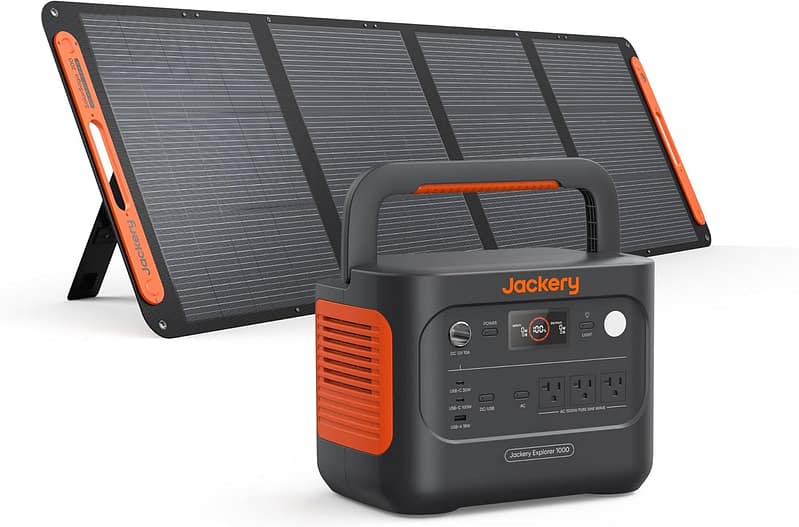
Jackery Solar Generator 1000 v2 with 200W Solar Panel,1070Wh Portable Power Station LiFePO4 Battery,1500W AC/100W USB-C Output
$1,299.00 Original price was: $1,299.00.$699.00Current price is: $699.00.
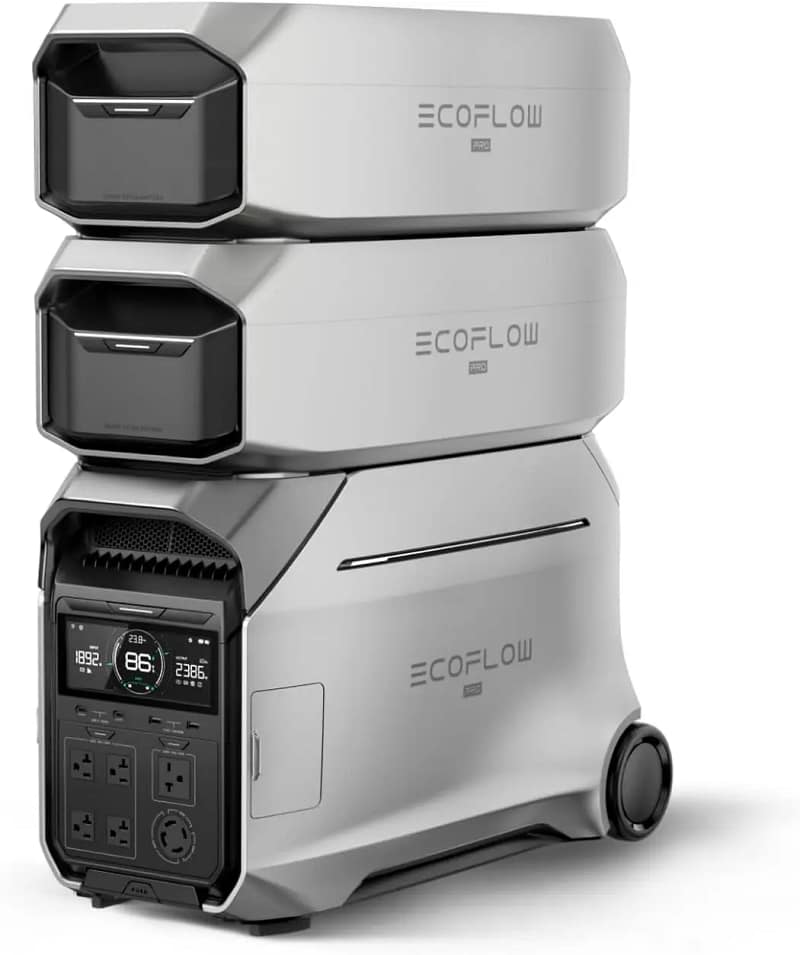
- 4000W Output (6000W with X-boost)
- 12kW Capacity
$9,599.00 Original price was: $9,599.00.$6,198.00Current price is: $6,198.00.
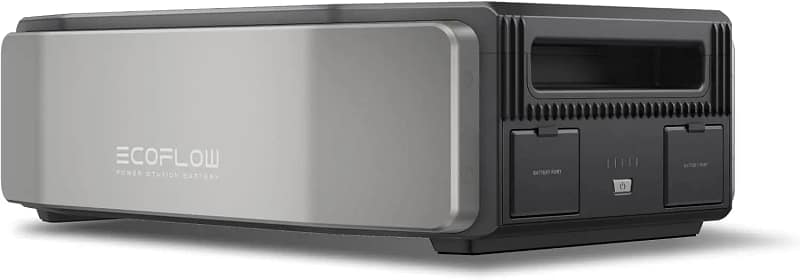
- 21kW Output!
- 90kWh Capacity!
$3,299.00 Original price was: $3,299.00.$2,299.00Current price is: $2,299.00.
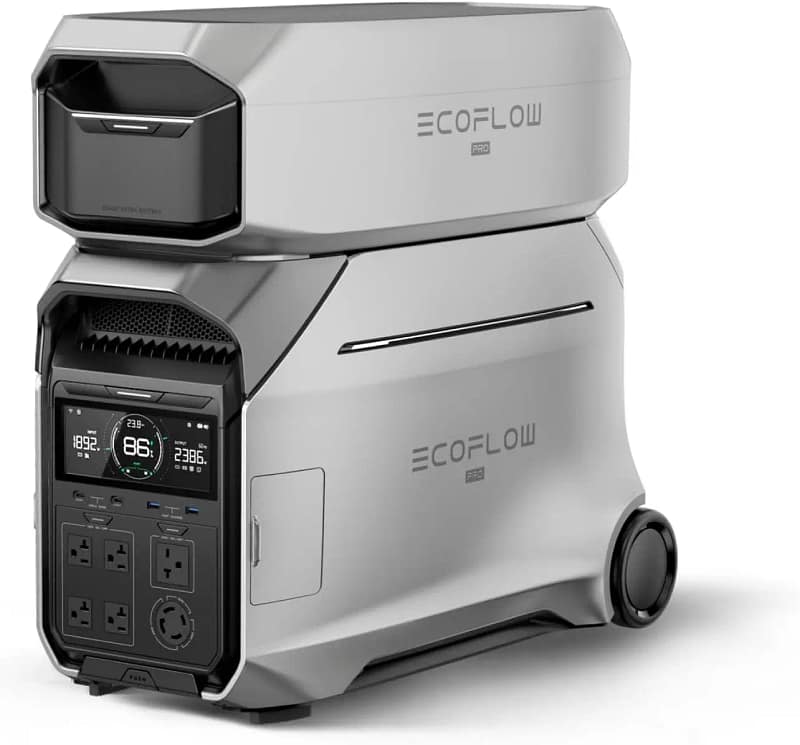
- 4000W Output
- 8000Wh Capacity
$6,298.00 Original price was: $6,298.00.$4,099.00Current price is: $4,099.00.
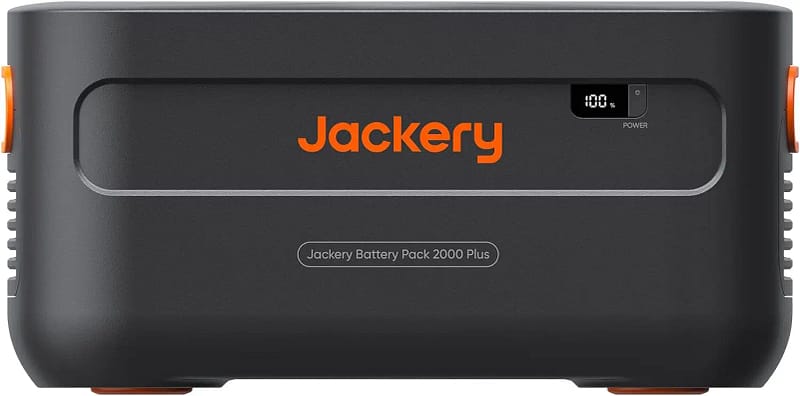
- 3000W Output
- Extra 2000 Wh Capacity
- Expandable up to 24 kWh!
$1,599.00 Original price was: $1,599.00.$929.00Current price is: $929.00.
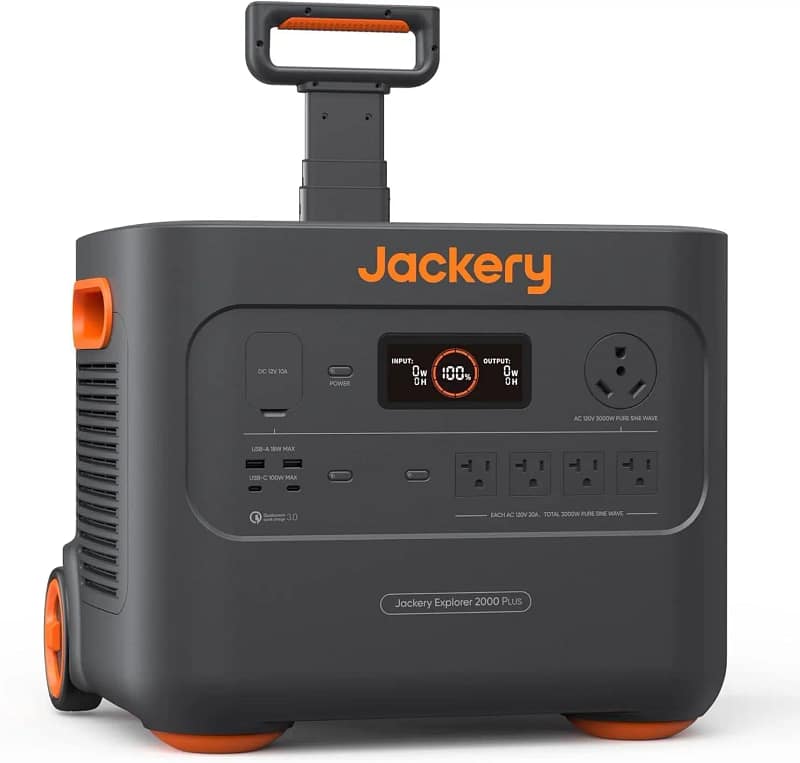
-
3000W Output
- 2,042.8 Wh Capacity
$1,999.00 Original price was: $1,999.00.$1,499.00Current price is: $1,499.00.
Under 300 Watt Hours
In the 300 watt hour category of portable power station you’ll be capable of charging all your personal electronic devices for extended camping trips or during power outages.
This could also be a solid backup power plan for your CPAP. At 300wh you can run a CPAP for roughly 5 to 8 hours, depending on the power consumption of your machine.
In this category you may get a movie on your plug powered smart tv out of a single charge. Or, you can keep your wifi and security system operational through the night.
Power Limitations
These smaller units have their limitations. As we learned above, a 600 watt continuous power limit gives you 5 amps from the 120VAC outlet. This is plenty of power for many applications, but if you need to power a 15 amp power saw, or a microwave… this unit isn’t gonna cut it. For that kind of power you’ll want to look at the units about 10 times this size (3,000 watt hours +).
Five amps will be sufficient for many, but certainly not all, applications. As discussed above, these units are well short of the power needs for many industrial power tools or microwaves. It will however, suffice for most refrigerators, albeit for a short period of time with only 300 watt hours stored. Perhaps an hour if you’re lucky.
BONUS VIDEO!
For this category, we already have a crappy video for you just sitting in our archives! It’s an oldie, but at least it sucks! Just kidding. It’s very informative if you ignore the poor camera work.
Evergreen Off-Grid: How Much is in a 300 Watt Hour Power Pack?
But what if you need more? Like double that?
Under 1000 Watt Hours
This category of power pack typically comes in at about the 500 to 800 watt hour range. They pack a little more punch than the smaller counterparts, but are still somewhat limited, often around 1000 watts continuous and 2000 watts peak. Think of these units as similar to the 300 watt hour units, only with a tiny more punch and with about twice the battery capacity (more watt hours) they will keep you powered for longer.
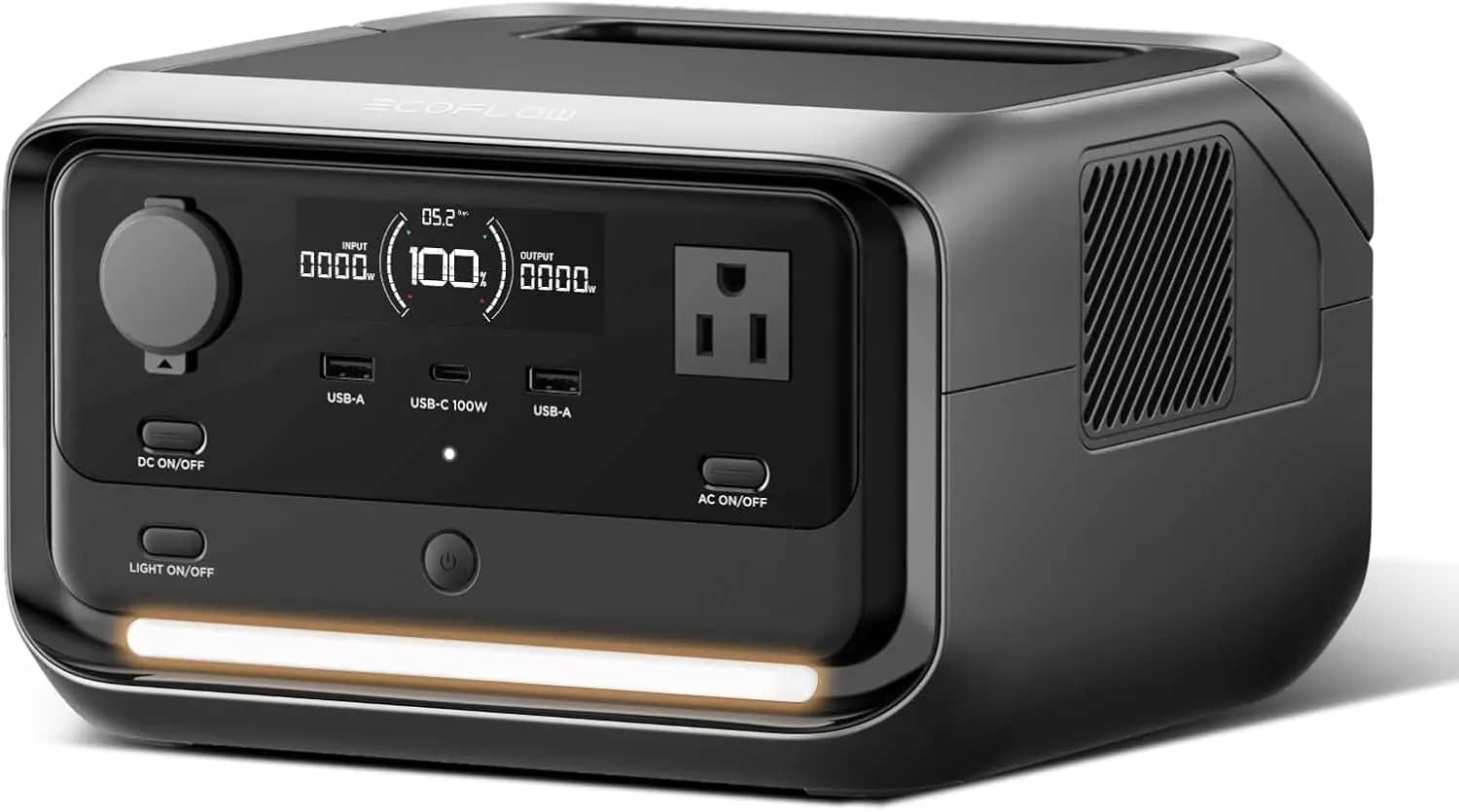
ECOFLOW Portable Power Station RIVER 3 Plus
$299.00

Jackery Explorer 500 Portable Power Station
$499.00 Original price was: $499.00.$298.00Current price is: $298.00.
Over 1000 Watt Hours
Need serious backup? In this category you could feasibly backup just about anything you want in your home. And what’s more, at this power level they often feature the option for additional power storage. The larger power packs offer higher peak power delivery and can allow you to keep your refrigerator, home entertainment and more, for hours on end in the event of a power outage.

ECOFLOW Portable Power Station DELTA 2
$699.00 Original price was: $699.00.$499.00Current price is: $499.00.
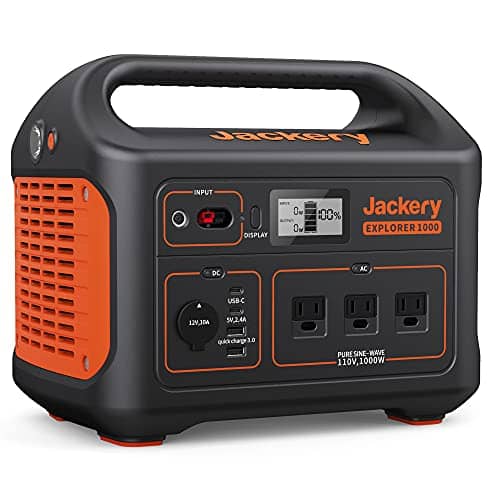
Jackery Explorer 1000 v2 Portable Power Station
$799.00 Original price was: $799.00.$448.99Current price is: $448.99.
When it comes to these larger power packs there is a point of diminishing returns. If you want to back up your entire home, a proper backup battery bank becomes the economic choice. But don’t sell these short! An ECOFLOW DELTA Pro with additional batteries will give you peace of mind when the power grid won’t.

Jackery Portable Power Station Explorer 2000 Plus
$1,999.00 Original price was: $1,999.00.$1,499.00Current price is: $1,499.00.
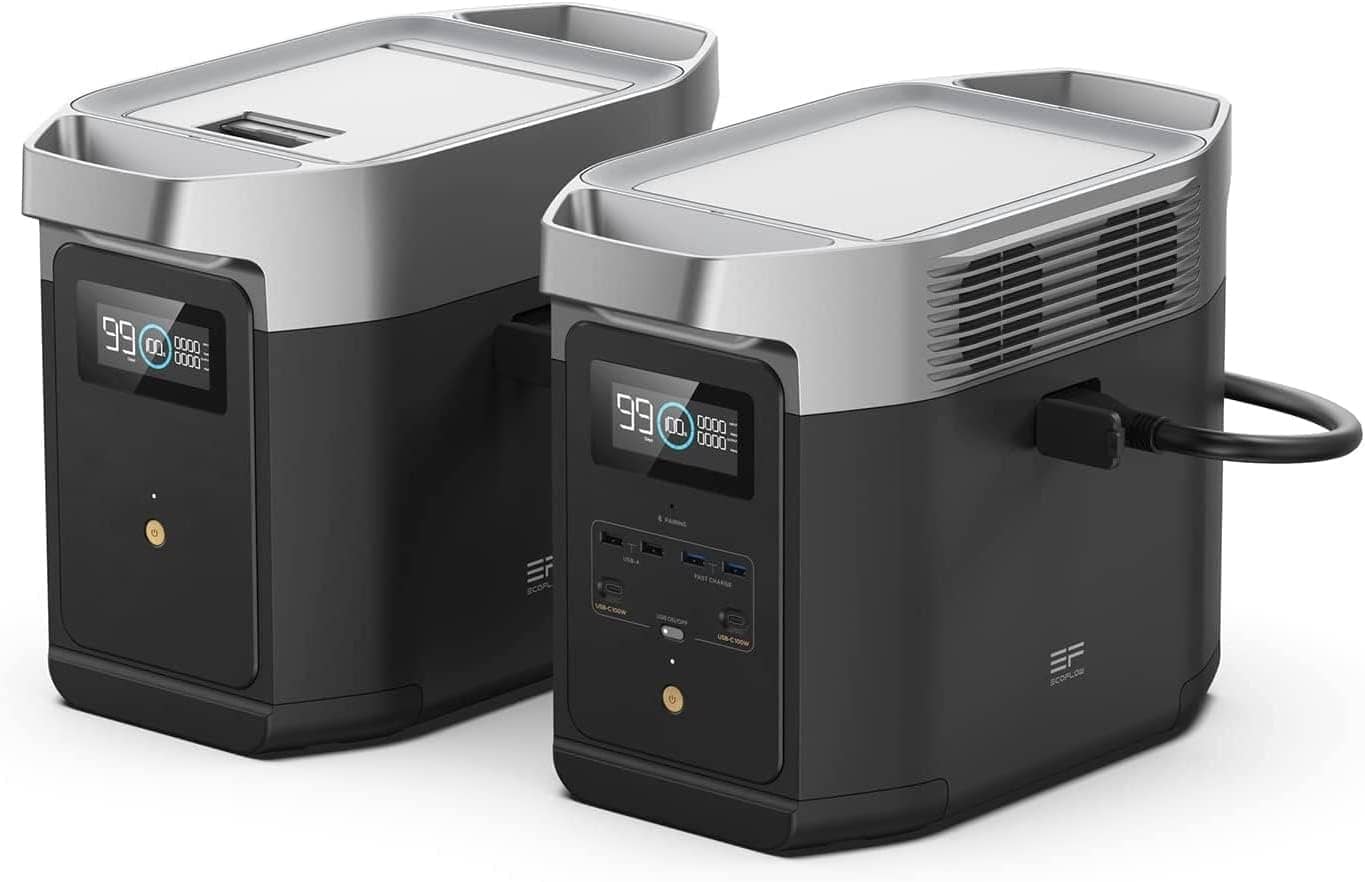
ECOFLOW Portable Power Station DELTA2 with Smart Extra Battery
$1,289.00 Original price was: $1,289.00.$929.00Current price is: $929.00.
Thank You!
Thank you for choosing Evergreen Off-Grid to inform you on your power needs! Please subscribe and comment. You are the best part of this and we need your input!


